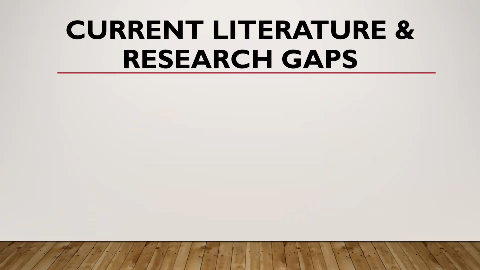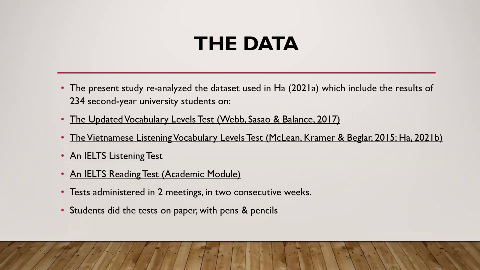
Revisiting the Relationship Between Receptive Vocabulary Knowledge and Receptive Language Proficiency – a Multi-Group SEM Approach
Hung Tan Ha

Abstract
Speaker
AI Outline
Discussion
LALS Seminar Series
Linguistics and Applied Language Studies (Victoria University of Wellington)Cite as
H. Tan Ha (2023, May 26), Revisiting the Relationship Between Receptive Vocabulary Knowledge and Receptive Language Proficiency – a Multi-Group SEM Approach
Share
Details
Listed seminar This seminar is open to all
Recorded Available to all
Video length 42:01
Q&A Now closed





















































































